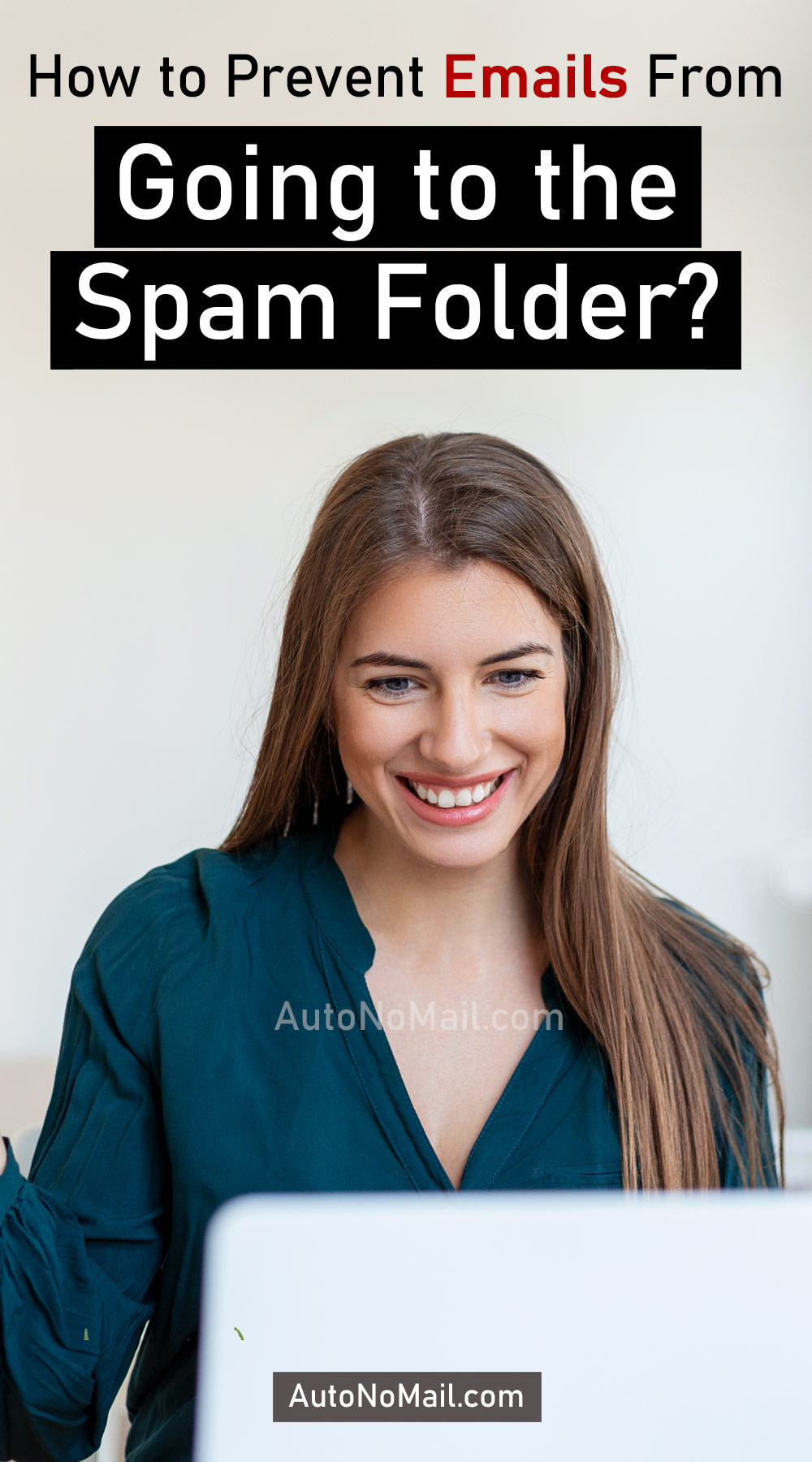The email marketing apocalypse is here. So say the doomsayers. But just like those pesky zombies, email marketing seems to crawl back out of the grave every time, alive and kicking. In fact, the Data & Marketing Association in the UK says that email marketing has an ROI of $42 for every $1 spent.
Uhm! Okay. What’s the catch?
The catch, folks, is that the good old email spam filter that went gung-ho solely on ‘Viagra spam’ and the sweet Nigerian prince in distress has now metamorphosed into an AI-powered monster.
The margin of error is slim. Wait, let me rephrase that. It’s nonexistent.
The tiniest mistake and your meticulously crafted email copy lands in spam purgatory forever, prematurely ending your dreams of ‘1:42’ glory.
That’s what we are going to prevent. Listed below are 10 simple, actionable tips to ensure that the spam monster doesn’t KO your golden goose.
Here is a video discussing the industry best practices to prevent mails from going to the spam folder:
Now, let’s get started.
Learn How to Prevent Emails from Going to Spam Folder
1. Use A trusted domain extension
This may not seem like the most obvious reason why your email gets terminated. But having a trusted domain extension goes a long way in improving email deliverability. Your best bet are ‘.com’, ‘.org’ & ‘.net’.
But even if you do not have one of these, there are several other Top Level Domains (TLD) that you can opt for and several others that you can pass.
In fact, Spamhaus has a reputation statistics page for TLDs that are commonly abused by spammers. I recommend that you take a peep at it before you start blasting away those emails.
2. Your IP Reputation Matters
Think of your IP address like an invisible signature that affects your reputation and, hence, email deliverability. There are a multitude of factors that will affect your IP reputation. We will touch on those in a bit.
But there’s one of them that’s not in your control, the history of the IP address. If it was used by spammers in the past, then chances are that every spam filter in the world is going to flag it. Changing it, might be the easiest solution.
As a rule of thumb, use a trusted Email Service Provider (ESP) for shared IP addresses. If you are sending more than 100,000 emails a month, opt for a dedicated IP address.
3. Do not buy/lease email lists
You are a little late to the party. In other words, you don’t have an email list yet. Someone promises to give you a HeadStart at a throwaway price and you end up buying/leasing an email list with thousands of juicy prospects.
Ta-da! You just committed email hara-kiri.
Always build your own list. Do not rent. Do not buy. Most certainly do not scrape.
You want a list of people who are keen to read what you send them. Not some random stranger who doesn’t even know your brand exists or what its about.
A leased list, in most cases, is a shortcut to that spam folder. Oh, did I forget to mention that the penalty for spamming can be as much as $51000 per email?
4. Always Use a Double Opt-In
A double opt-in is a verification system for adding a new subscriber to an email list.
It requires sending a confirmation email, which the subscriber must validate before being added to the list.
Contrary to general consensus, a double opt-in is not an unnecessary hassle for the subscriber. It’s a much-needed layer of security that can help you weed out fake emails right up front.
If the subscriber is willing to go the extra mile, open the verification email in the inbox and click on the link; chances are that they are really interested in your brand.
That’s a potential subscriber that’s all the more likely to convert into a customer.
5. Check the Email Frequency
Its common for new businesses to go ‘all guns blazing’ when they start a new email marketing campaign. But how much is too much, and how much is just right?
It’s a delicate balance without a proven formula that you can follow.
Sure, there are industry averages to give you an idea. But your customer list is unique. The only way to get your email frequency right is to monitor customer behavior, use email analytics, test, tweak, and repeat.
As a starting point, err on the side of caution. Don’t flood the list with a barrage of emails. Slowly warm up your domain (especially if its new) and build your reputation as a trusted brand.
6. Monitor Subscriber behavior
You need to be constantly analyzing and monitoring subscriber behavior.
- What are the open rates?
- What’s the percentage of emails getting deleted without opening?
- What’s the percentage of emails being marked as spam before or after opening them?
- How many subscribers are ignoring your emails?
All of these factors are collectively called ‘subscriber behavior’. They affect your IP reputation, brand trustworthiness, and subsequently, email deliverability.
Each ESP will have their own algorithms to determine an email sender as a potential spammer. The best way to avoid triggering these is to adapt and evolve according to subscriber behavior.
7. Offer value with each email
If your subscriber analytics is giving you nightmares, maybe its time to analyze your email copy instead.
Picture receiving a marketing email on a busy workday, spending a good 2-3 minutes reading it, and then realizing that it offered zero value. It was neither entertaining nor informative. Chances are high that you would hit unsubscribe straight away or, even worse, send it to spam.
As a marketer, its crucial to understand your customer’s needs. Now in each and every email that you send out, try to offer value that caters to those needs.
Make it personalized. Build trust with social proof. Showcase your testimonials.
8. Scrub that Email List
That segues into the next tip. Scrub that list periodically. There are various reasons why subscribers can become inactive.
Maybe they used an email alias to subscribe; they are no longer interested in the service; they changed their email address.
Whatever the scenario, monitoring behavior and cleaning the list to remove inactive subscribers will go a long way in improving engagement rates and boosting trustworthiness.
A golden rule is to mark any subscriber who has not engaged with your emails for 6 months as inactive.
9. Avoid Spam Triggers
Seemingly obvious but oft-overlooked tip – avoid spam triggers. Spam words and catch phrases are not the only factors that can trigger a spam filter these days.
But avoiding these will significantly improve the deliverability of the email. While there’s a constantly evolving list of spam trigger words and phrases, here’s a good one to get you started.
Other than these, avoid sending attachments, too many links & symbols in the subject lines.
(You can test your subject lines here for free.)
10. Stay CAN-SPAM Compliant
Commercial email marketers MUST stay ‘Can-Spam’ compliant. Period.
It’s easier to do this than it appears to be. Here’s a simple checklist of best practices to follow.
- Do not use misleading information in the header
- Avoid using Clickbait in your subject lines
- Inform the subscriber that its an advertisement
- Use a physical address in the email
- Make it easy to opt out of the list
- Promptly process opt-out requests
That’s it. Told ya it was easy.
Conclusion
This is not the most exhaustive list of tips to prevent emails from going to the spam folder. But it’s a first point of reference.
Every email that lands in the spam folder is a waste of your time, effort and money.
To avoid this, ensure that you follow the tips listed here. In addition to this, stay updated with the recent developments in the email marketing industry.
Good luck!



